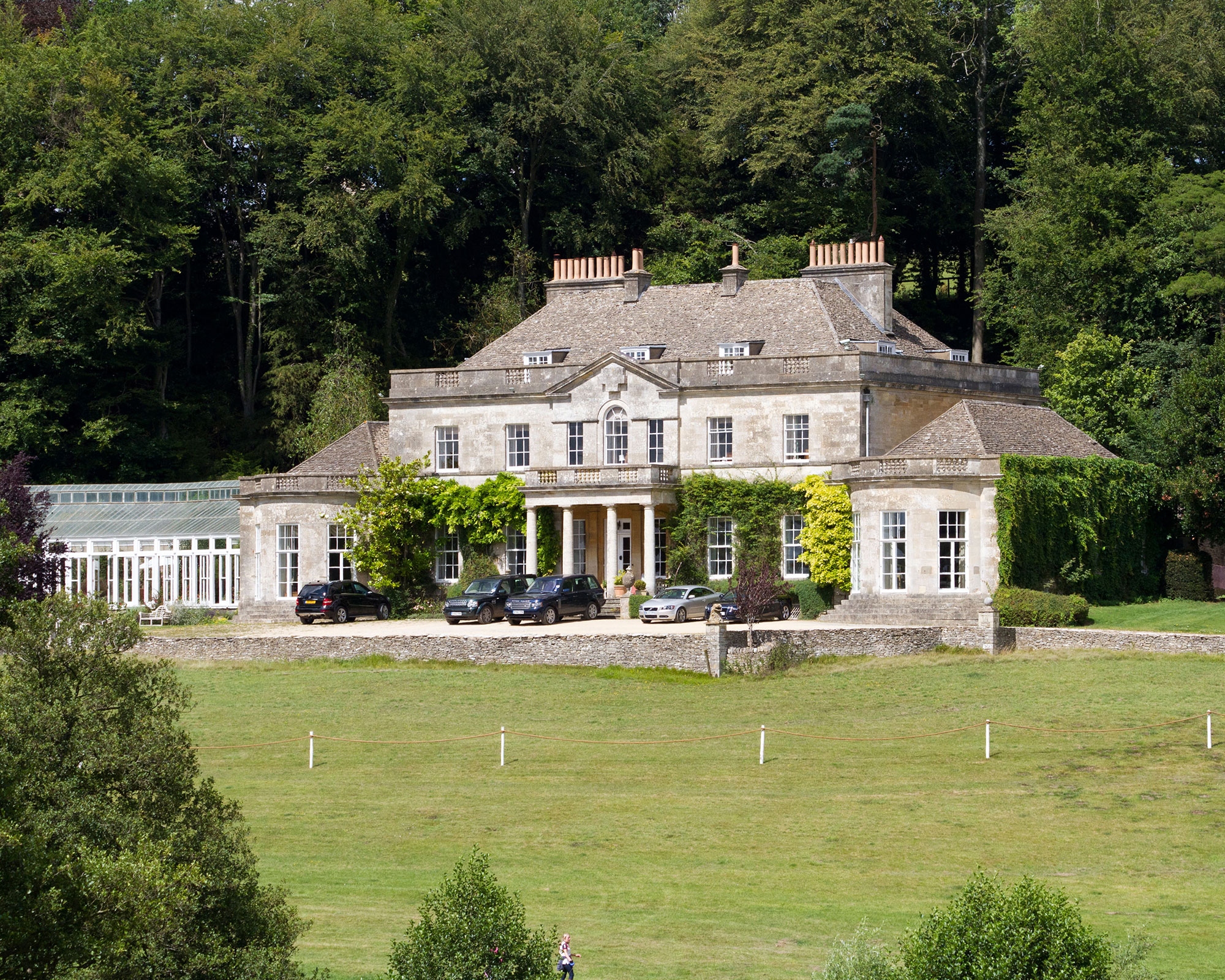
Exploring Princess Anne’s Timeless “Old Money” Mansions
Princess Anne, the Princess Royal, resides in a collection of residences that are far more than grand homes—they are living legacies of British royal history, blending centuries-old tradition with modern functionality. From the serene countryside of Gloucestershire to the historic heart of London, her homes reflect her practical, no-nonsense personality and deep connection to equestrian life. Join us as we uncover the stories behind Princess Anne’s remarkable residences.
1. Gatcombe Park: A Rural Sanctuary\

Far from the bustle of London, Gatcombe Park in Gloucestershire is Princess Anne’s true haven. This 700-acre estate, nestled between Minchinhampton and Avening villages, is a 2.5-hour drive from the capital and just 10 miles from Highgrove, King Charles III’s country home. Built in the 1770s for cloth merchant Edward Sheppard in creamy Bath stone, the Georgian neoclassical mansion boasts a symmetrical facade, large sash windows, and a Doric porch. Gifted to Anne by Queen Elizabeth II in 1976 as a wedding present for her marriage to Captain Mark Phillips, Gatcombe required extensive renovations, including rewiring and roof repairs, before the couple moved in November 1977, shortly after their son Peter’s birth.
Expanded by 230 acres with the purchase of Aston Farm in 1978, Gatcombe offers privacy and space for Anne’s equestrian passions. The estate, with its woodlands, rolling fields, and stabling, is a working hub for livestock, farming, and horse breeding. It famously hosted the Gatcombe Horse Trials, a prestigious equestrian event, until its closure in 2024 due to rising costs. Unlike other royal residences, Gatcombe is privately funded, receiving no taxpayer support, and reflects Anne’s belief that it must “pay its own way.” With 32 rooms, including nine bedrooms, a library, a billiards room, and a conservatory, the interiors are cozy yet traditional, featuring wood-paneled walls, antique furnishings, and personal touches like family photos and equestrian art. Anne, now living with her second husband, Sir Timothy Laurence, cherishes the estate’s privacy, where her children, Zara Tindall and Peter Phillips, also maintain homes.
2. St. James’s Palace: A Historic London Base
When royal duties call, Princess Anne resides in a private apartment within St. James’s Palace, the oldest functioning royal palace in the UK. Built by King Henry VIII in the 1530s, its red-brick Tudor exterior hides a maze of creaky floors, old portraits, and historic charm. Far from the opulence of Buckingham Palace, Anne’s modest quarters reflect her preference for efficiency over extravagance. The palace, a hub for royal operations, hosts the Royal Collection Trust and around 100 charity receptions annually. Its Chapel Royal, with a restored Tudor ceiling, and the throne room, revamped in 1924, blend history with ceremonial grandeur. St. James’s has witnessed pivotal moments, from Queen Victoria’s wedding to Prince Albert in 1840 to King Charles III’s proclamation as monarch in 2022. For Anne, it’s a functional command center for her tireless charity work and international engagements.
3. Clarence House: A Regal Birthplace
Adjacent to St. James’s Palace, Clarence House, built in 1825–1827 by John Nash for Prince William Henry, Duke of Clarence, is steeped in royal history. Princess Anne was born here on August 15, 1950, when it served as a family home for Princess Elizabeth (later Queen Elizabeth II) and Prince Philip. The pale stucco mansion, later home to the Queen Mother until 2002, has evolved with each occupant. Its interiors, refreshed post-war by Elizabeth and Philip, feature Georgian furnishings and personal touches, like the Queen Mother’s royal insignia on the morning room ceiling. Now the residence of King Charles III and Queen Camilla, Clarence House balances private elegance with public duties, hosting official receptions. Open for tours, it remains a bridge between royal heritage and modernity.
4. Balmoral Castle and Sandringham House: Seasonal Retreats
In summer, Princess Anne escapes to Balmoral Castle in the Scottish Highlands, a royal retreat since 1852. A place of childhood memories—climbing windows and riding horses across rugged fields—Balmoral offers rare privacy. Anne often stays at Craigowan Lodge, a quieter stone house on the estate, continuing traditions set by Queen Victoria and Queen Elizabeth II. At Christmas, she joins the royal family at Sandringham House in Norfolk, a relaxed Edwardian-style estate purchased by Queen Victoria in 1862. Known for its organic farming and conservation efforts, Sandringham hosts lively Christmas celebrations with gag gifts and a public church service. Anne’s deep ties to both estates reflect her commitment to family, tradition, and rural life.
A Legacy of Duty and Simplicity
Princess Anne’s residences—Gatcombe Park, St. James’s Palace, Clarence House, Balmoral Castle, and Sandringham House—are more than architectural marvels. They embody her grounded personality, equestrian passion, and dedication to royal duty. From the working estate of Gatcombe to the historic walls of St. James’s, these homes offer a glimpse into a royal life that balances tradition with practicality. What are your thoughts on Princess Anne’s remarkable residences? Share below!